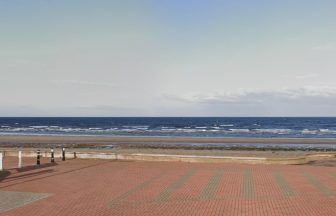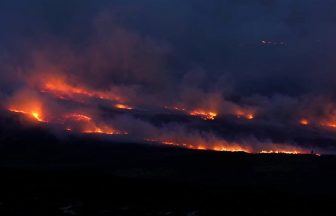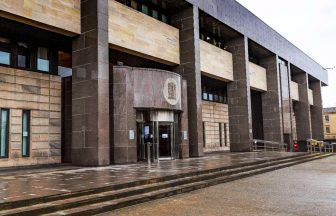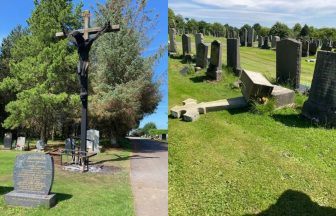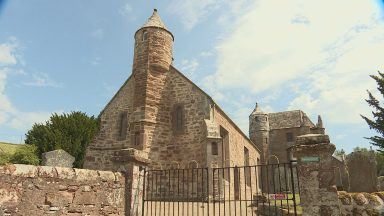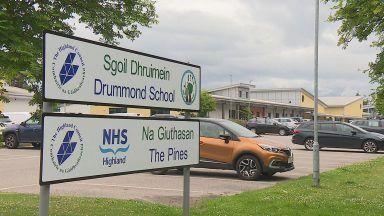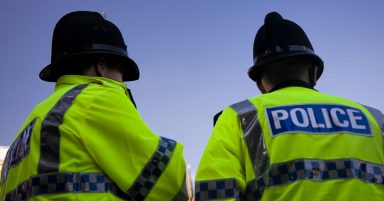Friends of the Earth Scotland has revealed the country’s most polluted streets.
The campaign group said Glasgow’s Hope Street is once again the worst offender for nitrogen dioxide from collected data, however 2020 has been the first year Scotland hasn’t recorded illegal levels of air pollution.
Legal air quality standards, which came into force in 2010, had previously been breached every year.
The group said restrictions put in place last spring to combat coronavirus – including stay at home orders and the closure of schools and offices – led to a decrease in traffic which resulted in “steep drops in pollution, particularly on commuter roads into the biggest cities”.
Improvements to the country’s air quality was “short-lived” with pollution soon returning to “high, pre-pandemic levels”.
However, the drop at the beginning of the Covid-19 crisis was sufficient enough to bring the annual average down considerably on 2019 levels.
Dirtiest streets for nitrogen dioxide
- Glasgow, Hope Street
- Dundee, Lochee Road
- Perth, Atholl Street
- Dundee, Seagate
- Inverness, Academy Street
- Edinburgh, Nicolson Street
- Falkirk, West Bridge Street
- Edinburgh, St John’s Road
- Glasgow, Dumbarton Road
- Aberdeen, Wellington Road
Dirtiest areas for fine particles
- Edinburgh, Salamander Street
- Falkirk, Bainsford Main Street
- North Ayrshire, Irvine High Street
- Aberdeen, Wellington Road
- Fife, Cupar
- Edinburgh, Queensferry Road
- Aberdeen, Anderson Drive
- Glasgow, Byres Road
- Aberdeen, King Street
- West Lothian, Broxburn
Gavin Thomson, air pollution campaigner for Friends of the Earth Scotland, said: “It’s a huge pity that it took a deadly pandemic to bring our air quality within legal limits.
“Scotland’s car-choked transport system was brought to a halt in spring, and this is why our annual averages of pollution are much lower than previous years.
“Any improvements in air quality in Scotland have been short-lived with traffic quickly returning to pre-pandemic levels.
“We need to remember that pollution damages our health through long-term exposure, such as living near a main road throughout your childhood.
“The reduced pollution for a couple of months during the strictest lockdown is unlikely to have many health benefits.
“The health links between air pollution and Covid-19 should push us to redouble our efforts to clean up our air and protect public health.
“The Scottish Government’s recently published Cleaner Air for Scotland strategy contains very few ideas for reducing polluting traffic and cleaning up our transport system.
“The government and councils must seize this moment to rethink how we plan our towns and cities, and how we move around.
“Temporary improvements in air quality arrived at an enormous cost to our communities and societies. There was no intention or concerted political action to reduce emissions, which is why the falls were not maintained when restrictions eased.
“We need a just and green recovery, including investment in our public transport and more options for safe walking and cycling, to improve the air we breathe permanently.”
Follow STV News on WhatsApp
Scan the QR code on your mobile device for all the latest news from around the country





